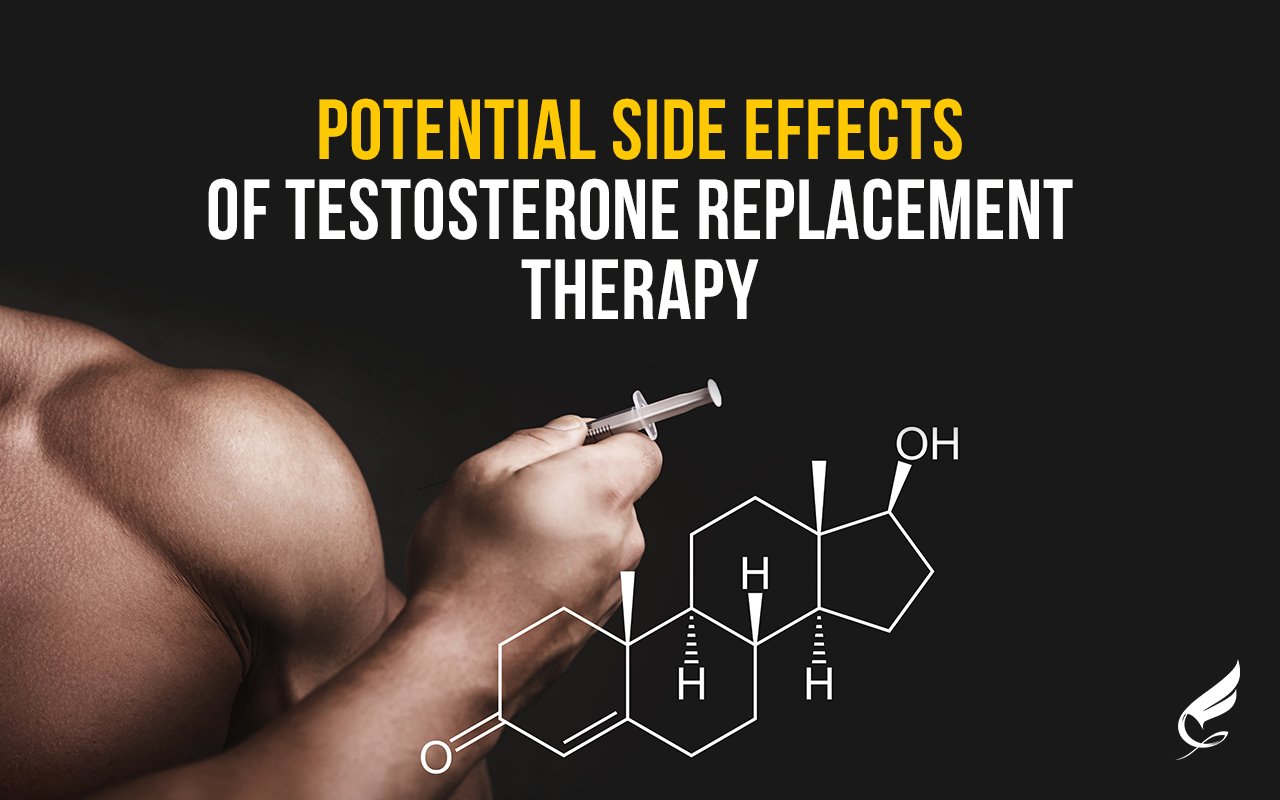Sponsored Results:
Testosterone treatment has garnered significant attention in recent years as a method to address low testosterone levels in men. Often referred to as testosterone replacement therapy (TRT), this treatment aims to alleviate symptoms associated with low testosterone, such as fatigue, reduced libido, and loss of muscle mass. Here’s a comprehensive guide to understanding testosterone treatment, its benefits, risks, and what to expect.
What is Testosterone Treatment?
Testosterone treatment involves the administration of synthetic testosterone to restore normal levels in men with hypogonadism (low testosterone production). This can be done through various methods, including injections, patches, gels, and implants.
Causes of Low Testosterone
- Aging: Testosterone levels naturally decline with age, usually starting around age 30.
- Medical Conditions: Conditions such as obesity, diabetes, and hormonal disorders can affect testosterone levels.
- Injury or Infection: Damage to the testicles can impair testosterone production.
- Medications: Certain medications, including opioids and steroids, can lower testosterone levels.
Symptoms of Low Testosterone
- Fatigue and decreased energy levels
- Reduced sex drive
- Erectile dysfunction
- Loss of muscle mass and strength
- Increased body fat
- Mood changes, such as depression or irritability
- Difficulty concentrating
Benefits of Testosterone Treatment
- Improved Libido and Sexual Function: TRT can enhance libido and improve erectile function in men with low testosterone.
- Increased Muscle Mass and Strength: Testosterone helps in muscle growth and strength, making physical activities easier.
- Enhanced Mood and Cognitive Function: Many men report improved mood, mental clarity, and reduced symptoms of depression.
- Increased Bone Density: Testosterone treatment can help increase bone density, reducing the risk of fractures.
- Improved Energy Levels: Many patients experience a significant boost in energy and overall vitality.
Risks and Side Effects
- Cardiovascular Risks: Some studies suggest a potential increase in cardiovascular events, such as heart attacks and strokes, with TRT.
- Sleep Apnea: Testosterone therapy can worsen sleep apnea in some individuals.
- Prostate Health: There is a concern about the potential for TRT to stimulate the growth of prostate cancer, although evidence is inconclusive.
- Blood Clots: TRT can increase the risk of blood clots, leading to conditions such as deep vein thrombosis.
- Skin Reactions: Gels and patches may cause skin irritation or reactions at the application site.
- Hormonal Imbalance: Excess testosterone can lead to imbalances, causing side effects like breast enlargement and reduced sperm production.
Types of Testosterone Treatment
- Injections: Administered into the muscle every 1-2 weeks, injections are a common and effective method of TRT.
- Gels and Creams: Applied daily to the skin, these allow for steady absorption of testosterone.
- Patches: Worn on the skin, patches release testosterone gradually throughout the day.
- Implants: Small pellets inserted under the skin release testosterone over several months.
What to Expect During Treatment
- Initial Assessment: Before starting TRT, a thorough assessment including blood tests to measure testosterone levels, a physical examination, and a review of medical history is essential.
- Monitoring: Regular follow-ups and blood tests are necessary to monitor testosterone levels and adjust the treatment as needed.
- Lifestyle Adjustments: Alongside TRT, maintaining a healthy lifestyle, including regular exercise, a balanced diet, and sufficient sleep, is crucial for optimal results.
- Symptom Relief: Improvements in symptoms such as energy, mood, and sexual function can be expected within a few weeks to months of starting treatment.












